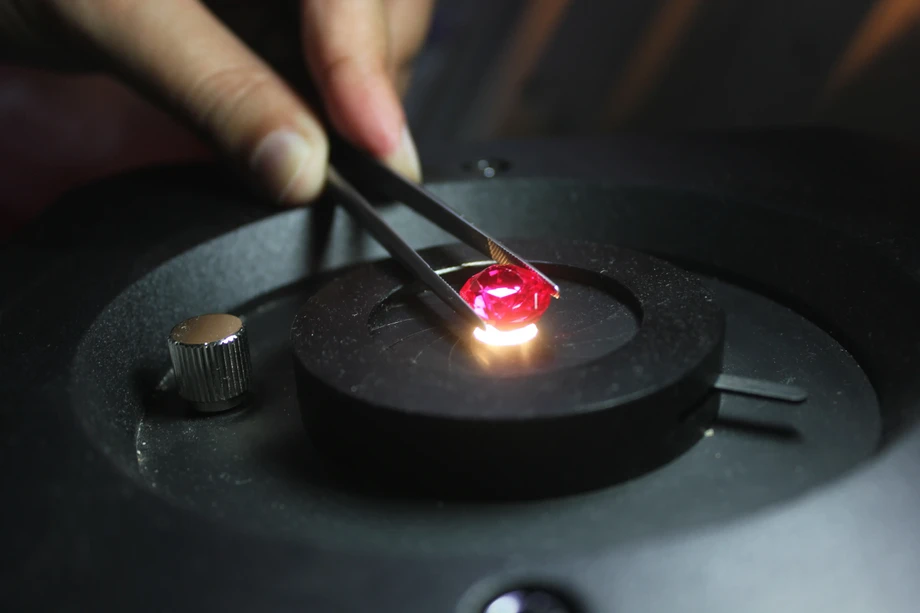Gemstones have captivated humanity for centuries with their captivating beauty and intrinsic value. From the depths of the earth, these precious stones emerge, each with its unique characteristics, colors, and qualities. Gem lab testing is a critical step in the journey of a gemstone from its source to the market. In this comprehensive guide, we will explore the intricate world of gem lab testing, its importance, methods, and the assurance it offers to both buyers and sellers in the vibrant gem trade.
The Significance of Gem Lab Testing
Gem lab testing plays a vital role in the gemstone industry. It provides crucial information about the gem's identity, origin, quality, and potential treatments or enhancements. This information is essential for both buyers and sellers. For buyers, it offers peace of mind and ensures they get what they pay for, while for sellers, it builds trust with customers, sets fair prices, and safeguards against fraudulent claims.
The Four Cs of Gemstone Assessment
Gem lab testing evaluates gemstones using the Four Cs: Carat, Cut, Clarity, and Color. Each "C" corresponds to a unique aspect of a gemstone's quality. Carat measures the gem's weight, Cut evaluates its shape and facets, Clarity assesses the presence of internal or external flaws, and Color examines the gem's hue and saturation.
Gemstone Identification
One of the primary objectives of gem lab testing is gemstone identification. Gemologists use a combination of techniques, including visual examination, spectroscopy, and even advanced technologies like X-ray diffraction, to determine the gem's identity. This is crucial because different gemstones can appear deceptively similar to the untrained eye.
Assessing Gemstone Origin
The origin of a gemstone can significantly impact its value. Some origins are renowned for producing particularly fine specimens. Gem lab testing, using techniques like stable isotope analysis and inclusions, can provide valuable information about a gem's source, helping buyers and sellers understand its provenance and historical significance.
Detection of Treatments and Enhancements
Gemstones may undergo treatments or enhancements to improve their appearance. These treatments can include heating, irradiation, or surface coatings. Lab testing, using tools like spectrometers and microscopes, helps detect these treatments, ensuring that buyers are aware of any alterations made to the gem.
The Role of Modern Technology
Advances in technology have revolutionized the field of gem lab testing. Spectroscopy, radiography, and high-resolution imaging have become indispensable tools for gemologists. These technologies provide precise and non-destructive methods for evaluating gemstone quality and authenticity.
The Gem Lab Testing Process
The gem lab testing process typically involves several steps. The gemstone is first examined visually to assess its physical properties. Then, advanced techniques such as spectroscopy, refractometry, and photomicrography are employed for a more in-depth analysis. The findings are documented in a comprehensive report, which serves as a certificate of authenticity.
The Importance of Certification
A gemstone's value and marketability can be significantly enhanced by a certification from a reputable gemological laboratory. Gemstone certification verifies the authenticity, quality, and characteristics of a gem. These certificates are invaluable when buying, selling, or insuring gemstones, providing confidence and transparency to all parties involved.
The Role of Gemological Laboratories
Gemological laboratories, staffed with skilled gemologists, play a crucial role in the gemstone industry. These laboratories provide unbiased, expert evaluations of gemstones. Reputable labs like the Gemological Institute of America (GIA) and the International Gemological Institute (IGI) are widely recognized for their accuracy and integrity in the gem lab testing process.
For More Info:-
gemstone certification service
gems and gemological institute of pakistan





Comments